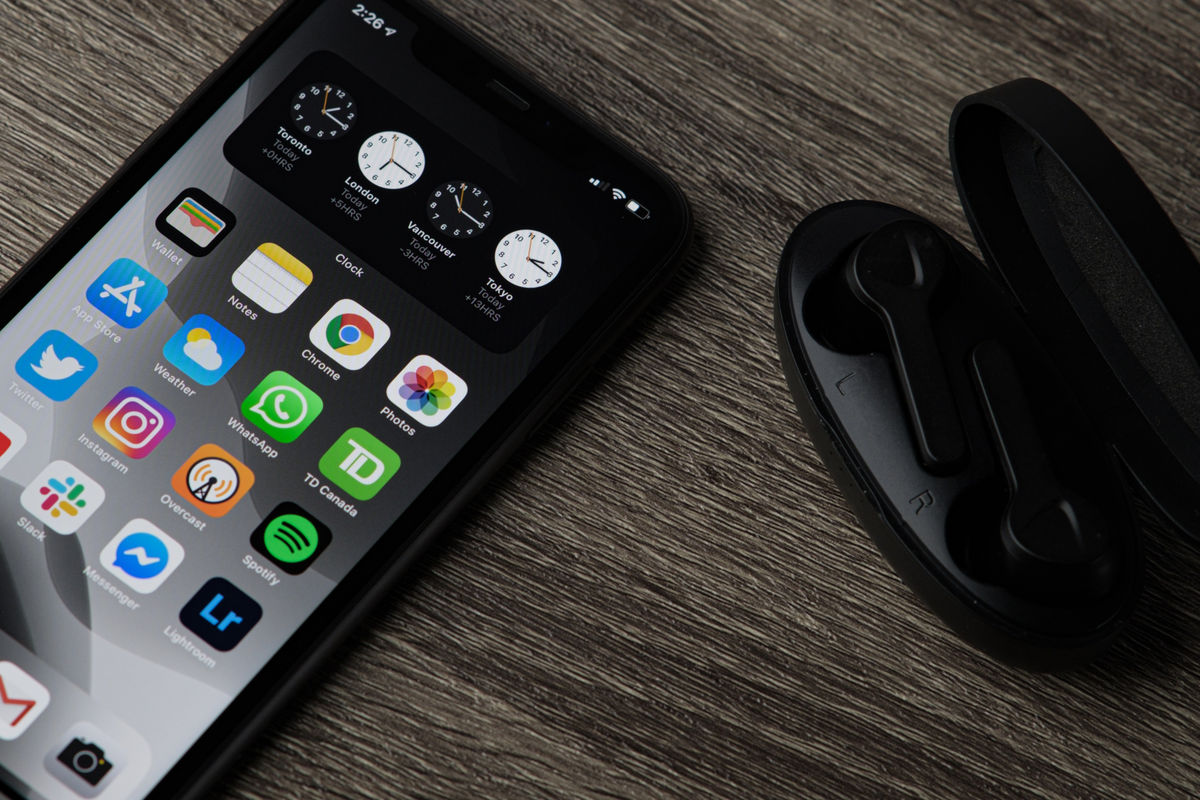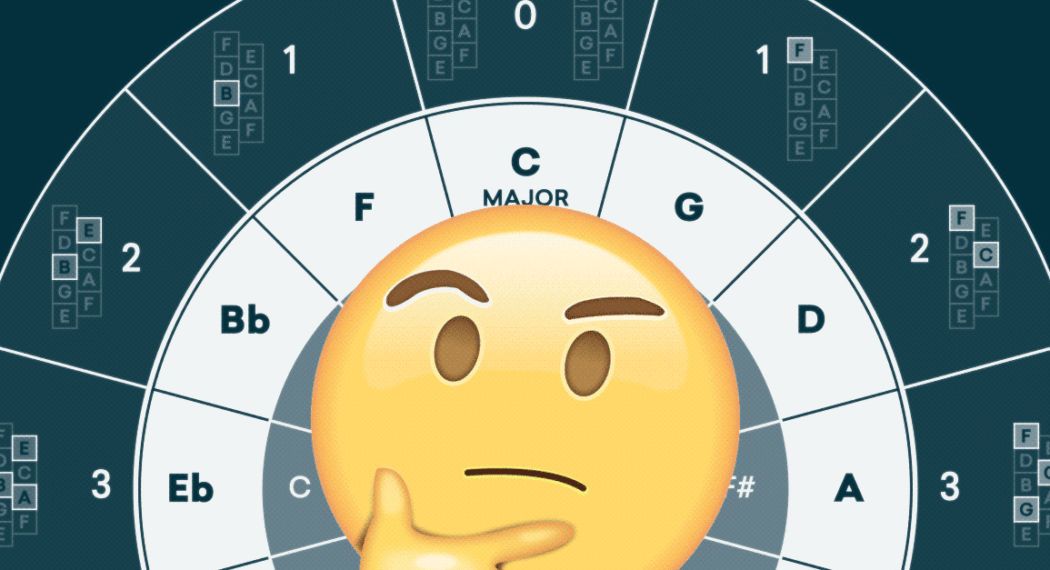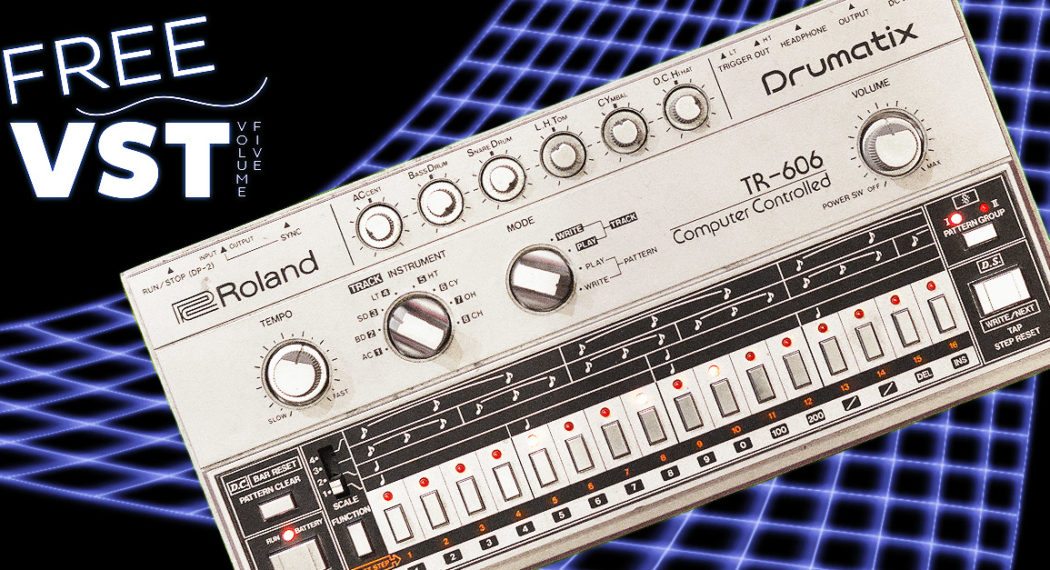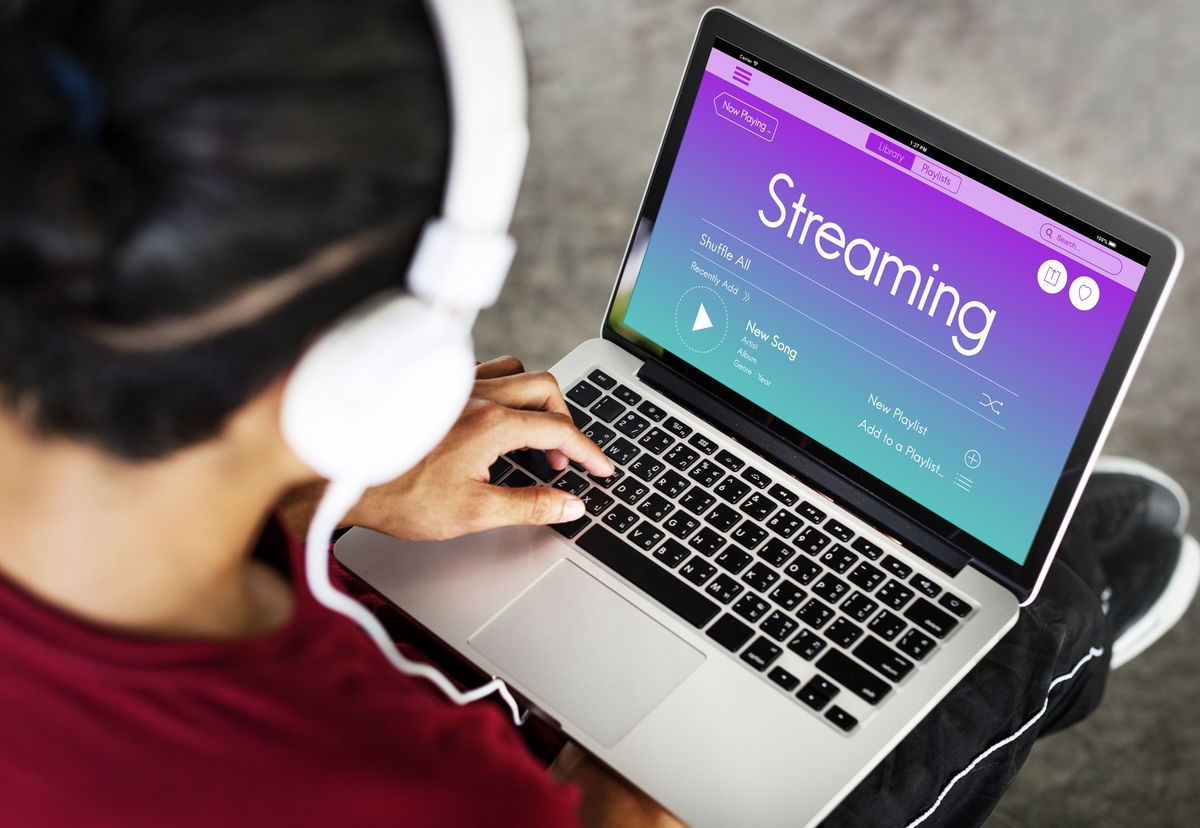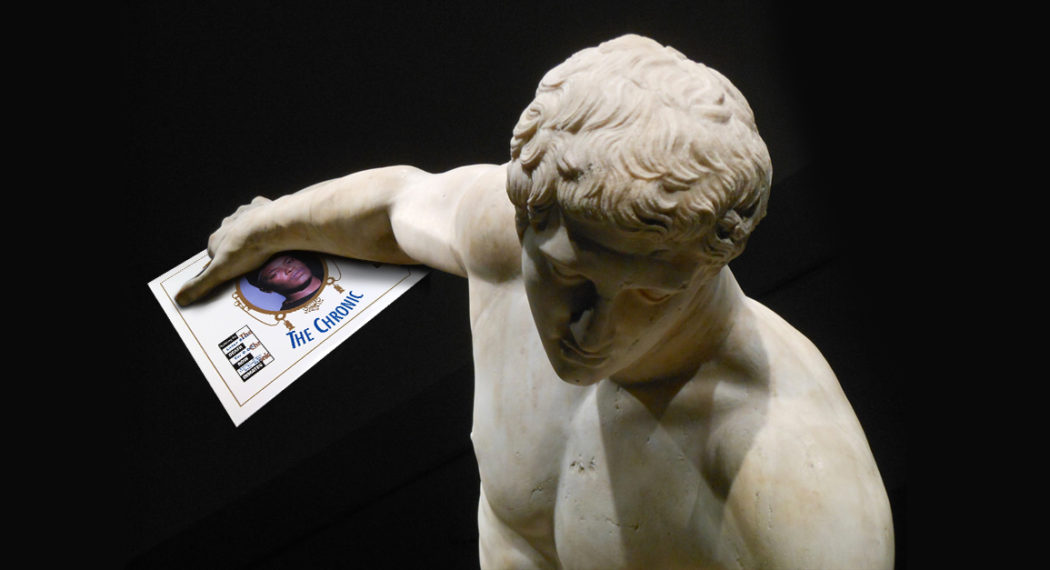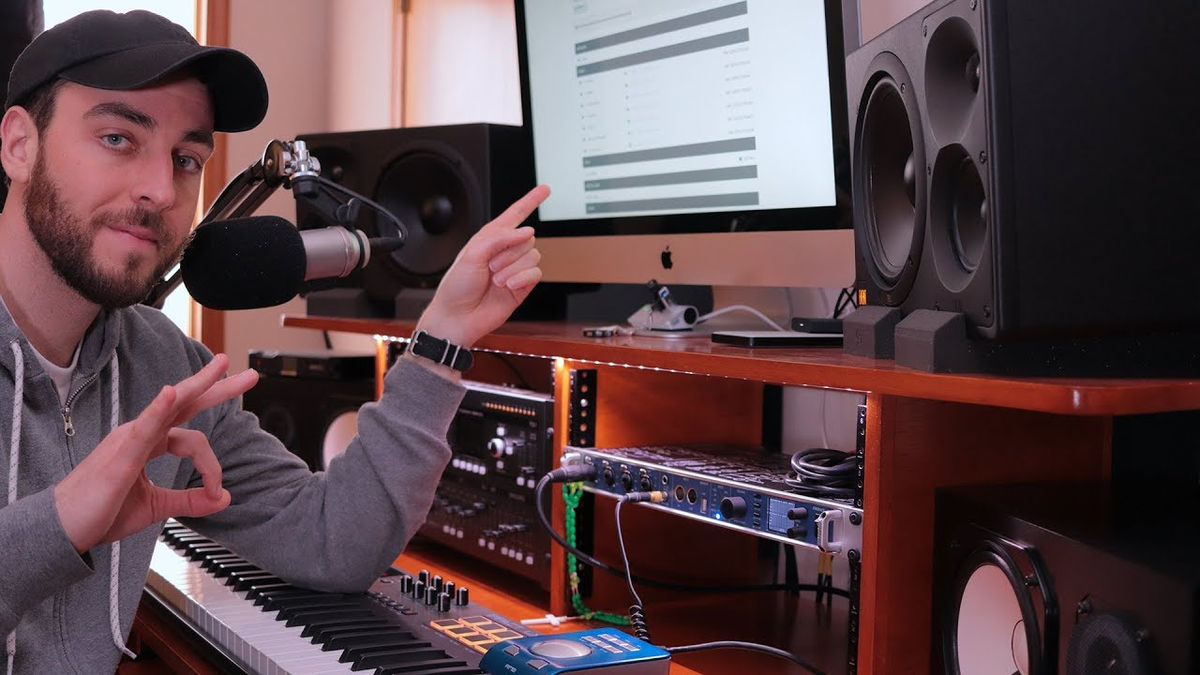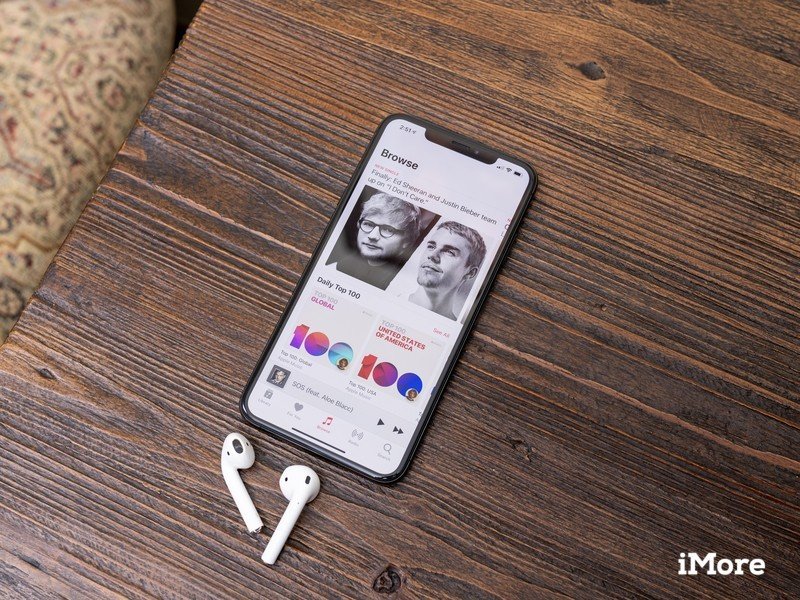Music distribution is understood as the process by which recordings are brought to and reach listeners. The concept of music distribution was viewed in the past as the process of shipping physical CDs and songs to stores across a region or country. The process can also be described as music distribution. We understand that like the idea of traditional music distribution. Music labels and artists traditionally license their music to distributors so that their music can be sold to retailers. The distribution company functions as a middleman between the artist or record label and the store. The consumer can then purchase the album in any store.

Traditional music distribution
The development of technology has led to the development of multiple forms of music distribution. Have you ever heard of digital music distribution in the 4.0 technology era?
Instead of bringing physical albums and songs to the audience traditionally, the company will distribute music in digital formats (usually mp3 or wav) on online platforms such as iTunes, Spotify and Amazon music,… On these streaming music sites, listeners can purchase published artists’ songs for download or streaming. The distributors will then ensure that the music royalties are transferred back to the artists in a transparent and objective way, in compliance with the policies of the distributor and the platforms on which the product is published. Platforms serve as mediators between the artist and his or her own audience. It takes just a few clicks for anyone to listen to your music anywhere, anytime!
Now that music is much easier to distribute, you can choose how to release your musical products!



